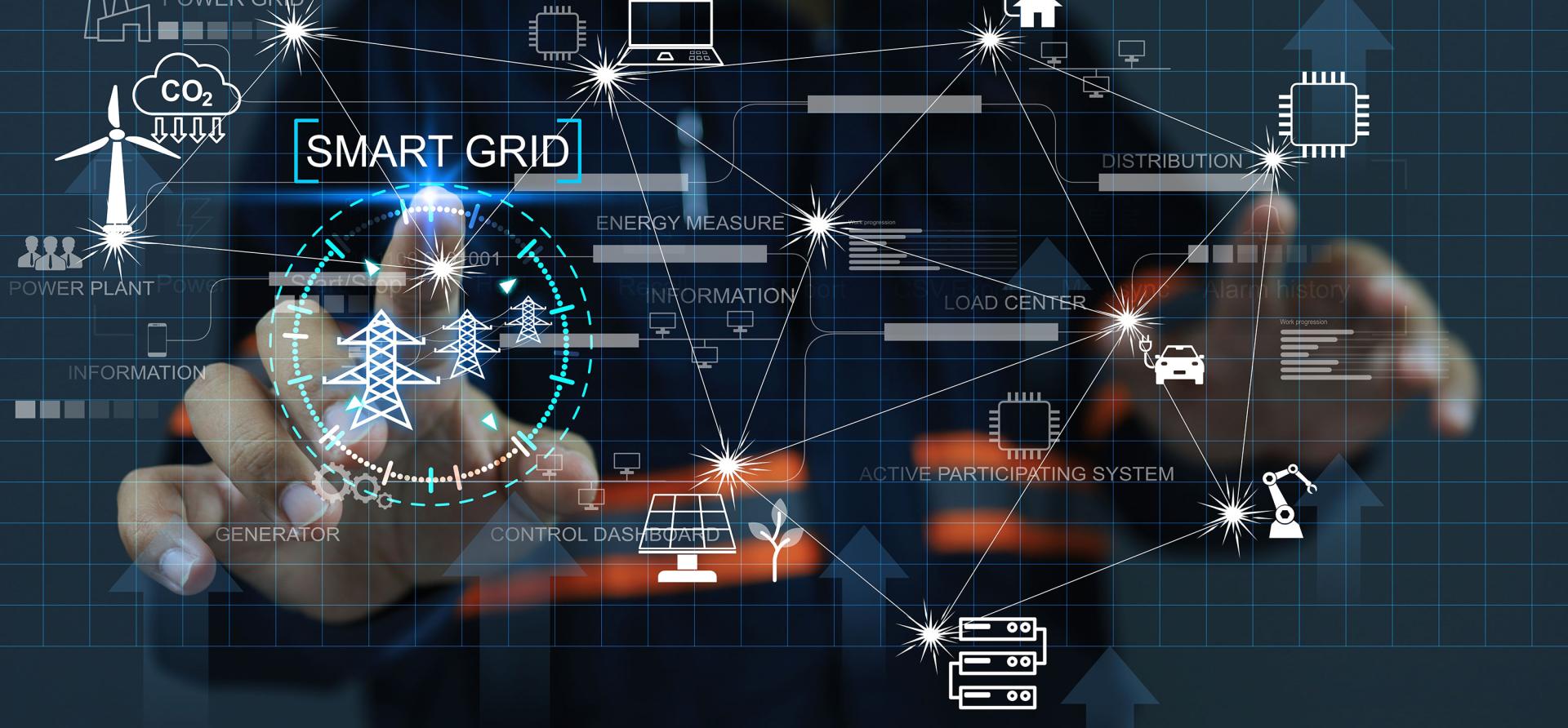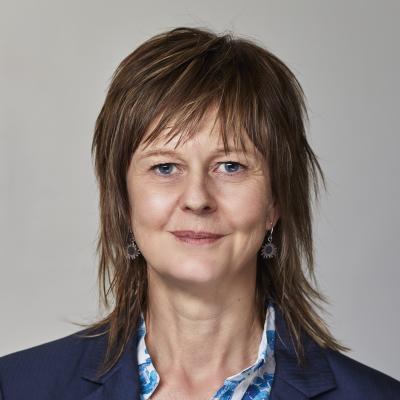How the sharing economy could play a major role in helping Eraring close on time

Key Findings
Virtual power plant (VPPs) create a sharing economy for energy, where households and businesses can get paid for sharing electricity from distributed energy resources (DER) such as rooftop solar or battery storage.
DER and VPPs can help meet power system needs, smoothing the way through the closure of coal-fired power plants such as the Eraring plant in New South Wales.
To drive the uptake of DER, governments should look to ensure that households and businesses are paid appropriately to support the energy market and the grid.
Energy policy is full of abstract, confusing terms that make it hard for consumers to participate in the technical debate about closing coal-fired power stations such as the Eraring plant in New South Wales (NSW). One of the worst of these terms is ‘virtual power plant’ – or VPP.
I’m sure the inventors of the term meant well, but it fails to capture the revolutionary potential of being able to use software and the internet to link millions of electrical devices, not only to send electricity into the grid, but to be able to use or store electricity when and where it’s needed. A VPP is smart, and it provides multiple services, depending on what’s happening in the grid at the time.
There’s also nothing much that is actually virtual about a VPP; the rooftop solar, the batteries, the electrical appliances and electric vehicles (EVs) in a VPP are all real, but in different locations. While distributed energy resources (DER) such as these are very different from a conventional power plant, they are aggregated to operate like one – hence the word “virtual”.
This is the sharing economy for energy.
This is the sharing economy for energy. Just as Airbnb is a distributed accommodation service, a VPP allows businesses or households to get paid for sharing their batteries or other energy services when others are prepared to pay for it.
The company in Australia that best understands the potential of consumer-owned DER is in fact Eraring’s owner, Origin Energy. Last year Origin announced plans to expand its relatively small 205-megawatt (MW) VPP almost ten-fold to 2,000MW (70% of the Eraring power station’s peak capacity) in four years. Origin noted at the time that: “A VPP is a capital and cost-efficient tool to create capacity”; and that: “VPP assets tend to have very low or even zero upfront capital cost to establish.”
What it means by this is that the majority of the cost of VPPs is borne by households and businesses. To date, Australian households have spent an estimated A$25 billion on rooftop solar and other DER. Three and a half million homes already have solar, and household investment is likely to increase at least six-fold over the next decade as families electrify their homes and vehicles. Small and large businesses are also investing in rooftop solar, batteries, industrial heat pumps and other smart electrification.
Households and businesses buy the devices, all Origin has to do is pay to connect them and pay to use them. You can buy a discounted battery through Origin, or bring your own, and join its “Loop” VPP, for a one-off credit. Origin “Spike” customers can earn A$250 or more per year in rewards if they reduce their household energy use by an average of 60% compared to their baseline energy forecast, and do so for more than 20 consecutive Spike Hours.
Last week Origin’s annual report revealed its VPP has grown to 815MW across more than 276,000 connected services in less than 18 months. This includes more than 200MW of large business demand able to be used flexibly and more than 400 EVs under management. Origin has also taken a final investment decision on a 460MW battery storage system with a dispatch duration of two hours, which could be increased to 700MW and four hours dispatch duration.
Eraring can produce up to 2,880MW of coal-fired power, so Origin is some of the way towards meeting the replacement peak capacity it needs, by spending next to nothing on developing a VPP.
This is not an article about how smart Origin’s strategy is – other energy companies are also working to grow VPPs – but rather how significant consumer-owned energy resources and VPPs could be in helping smooth the way through the closure of coal-fired power plants.
The Australian Energy Market Operator also made this point in its recent Electricity Statement of Opportunities (ESOO), when it wrote: “These forecasts highlight the high value of solutions in which resources owned by consumers, such as residential electricity generation and storage devices, and increased demand flexibility, can help meet power system needs. With a high level of consumer participation and coordination of consumer energy assets and demand to help meet power system needs, the need for utility-scale solutions would be much lower.”
To illustrate how much more the sharing economy could contribute to decarbonising Australia’s electricity grid, the potential capacity of commercial and industrial roofs around the country is estimated to be over 28 gigawatts (GW) – in other words, about ten times that of Eraring. This rooftop solar would ideally be complemented with batteries, thermal storage, EV fleets and so on, and coordinated to provide power and network services to the grid when it is needed. These installations shouldn’t require costly upgrades to the grid, especially if batteries are installed in places where the local grid is constrained.
If the NSW government was to do one thing to drive fast, cheap new capacity into the state’s electricity system, it could offer incentives to install batteries and/or EV fleets with managed charging in their warehouses, factories or offices. If these resources were part of VPPs, they could be directed to provide power when it is needed, such as on heatwave days when grid demand is peaking, alleviating pressure on the grid. To drive the uptake of DER, governments should look to ensure that households and businesses are paid appropriately to support the energy market and the grid.
The answer to the big infrastructure problems of the past is not necessarily more megaprojects. If households and businesses are supported to be part of the sharing energy economy, we could get more clean electricity into the grid cheaper and faster. Moreover, governments would not need to give handouts to companies like Origin, which in fact understands VPPs very well indeed.
This article first appeared in ReNew Economy















